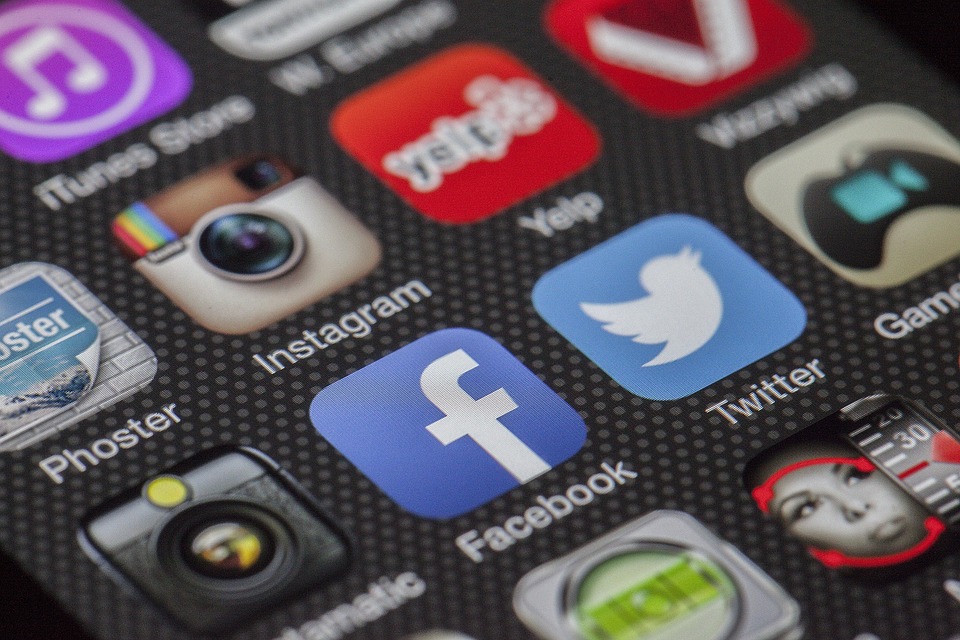In today’s digital age, the art and entertainment industry has undergone a significant transformation. From the way art is created to how it is experienced by audiences, technology has played a key role in shaping the evolution of art and entertainment. With the rise of digital platforms, social media, and immersive experiences, artists and performers have found new ways to engage with their audiences and reach a global audience. This article will explore the evolution of art and entertainment in the digital age, from the canvas to the stage, and how technology has reshaped the industry.
Art in the Digital Age
Artists have always been at the forefront of innovation, and the digital age is no exception. The emergence of digital art has opened up new possibilities for artists to express their creativity and connect with audiences in ways that were not possible before. Digital art encompasses a wide range of mediums, including digital painting, 3D modeling, and interactive installations. Through these mediums, artists can create immersive and interactive experiences that blur the lines between the physical and digital world.
One of the key benefits of digital art is its accessibility. With the rise of digital platforms and social media, artists can easily share their work with a global audience and connect with fans around the world. This has led to the democratization of art, making it more accessible to a wider audience and breaking down traditional barriers to entry in the art world. Additionally, digital art has also opened up new revenue streams for artists, such as selling digital prints and licensing their work for use in digital media.
Entertainment in the Digital Age
The entertainment industry has also been transformed by technology, with digital platforms and streaming services changing the way audiences consume content. From music and film to live performances and virtual events, technology has enabled performers and creators to reach a global audience and connect with fans in new and innovative ways. The rise of social media and digital marketing has also played a key role in promoting and distributing entertainment content, allowing artists to build their brand and engage with fans on a more personal level.
One of the most significant developments in the entertainment industry is the rise of immersive experiences. From virtual reality to augmented reality, technology has enabled performers to create immersive and interactive experiences that transport audiences to new worlds and elevate the live entertainment experience. Virtual concerts, interactive art installations, and virtual reality experiences have all become popular forms of entertainment, blurring the lines between physical and digital experiences and pushing the boundaries of what is possible in the entertainment industry.
The Impact of Technology on Art and Entertainment
The evolution of art and entertainment in the digital age has had a profound impact on the industry. Artists and performers have been able to find new ways to express their creativity and connect with audiences, while audiences have been able to engage with art and entertainment in more immersive and interactive ways. Technology has also opened up new opportunities for revenue generation and fan engagement, allowing artists and performers to build their brand and connect with fans on a global scale.
However, the rise of digital platforms and social media has also presented challenges for artists and performers, such as navigating copyright law and managing their online presence. Additionally, the digitization of art and entertainment has led to concerns about the preservation and authenticity of digital works, as well as the impact of digital piracy on the industry. These challenges will continue to shape the evolution of art and entertainment in the digital age, as artists and performers navigate the changing landscape of the industry.
Conclusion
In conclusion, the evolution of art and entertainment in the digital age has been shaped by technology, with new mediums, digital platforms, and immersive experiences redefining the way art and entertainment are created and experienced. Artists and performers have found new ways to connect with audiences and reach a global audience, while audiences have been able to engage with art and entertainment in more immersive and interactive ways. As technology continues to evolve, the art and entertainment industry will continue to adapt and innovate, bringing new possibilities for artists and performers to express their creativity and connect with audiences around the world.
FAQs
1. Why do we need a website for art and entertainment?
A website is essential for artists and performers to showcase their work and engage with their audience. It provides a centralized platform for fans to discover and purchase art and entertainment, and for artists to promote their work and connect with their audience.
2. What are some quality keywords to rank this article/post?
Keywords for this article could include: art in the digital age, digital art, entertainment in the digital age, immersive experiences, technology and art, digital platforms, social media and entertainment, the impact of technology on art and entertainment.


